
OR
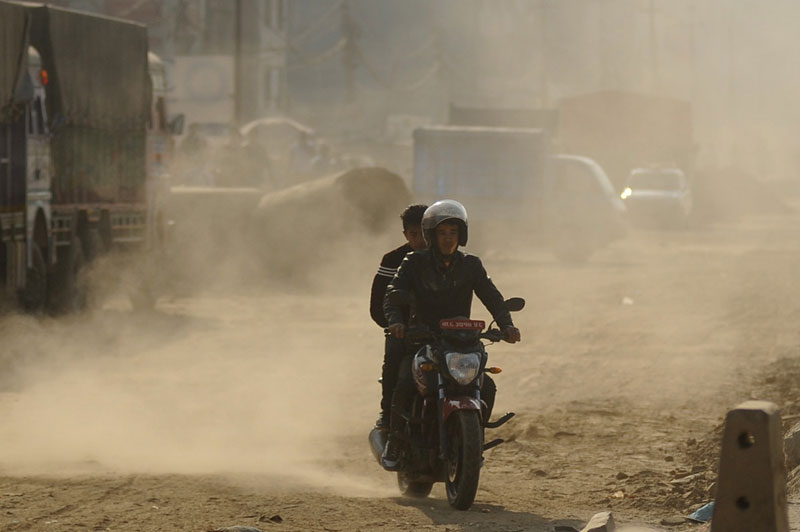
More from Author
The engineering community is responsible for narrow footpaths and traffic accidents caused due to unsafe road construction
On January 1, Nagarik daily carried a strong editorial entitled “Dhulmandu or Kathmandu” (“A city of dust or Kathmandu?”). The editorial raised a pertinent public health issue: increasing dust pollution in Kathmandu. The number of patients suffering from dust pollution has doubled in the past five years, it says. Surely this is a matter of concern for everybody.
Kathmandu’s dust pollution concerns not just health and environment officials. It also concerns engineers.
Engineering incorporates knowledge and understanding of science and technology so as to enhance people’s living standards. This is why the profession is regarded with high esteem. The profession is regulated by Nepal Engineering Council (NEC), established under Nepal Engineering Council Act (2055) in 1999. NEC is entrusted with ensuring that engineers are doing quality work.
But dust generated during road construction or during pipe-laying works raises some questions: Is our engineering community (engineering entities representing the government, the consultants and the contractors) practicing engineering based on present-day scientific knowledge? Have they adhered to the codes of their profession? Have they made use of the right technology while doing their jobs?
It has become common in Nepal to blame politicians and bureaucrats to cover up technical incapacity or negligence. So engineers are not blamed most of the times.
Technical planning, design and construction and installation works of engineers are often not questioned. There are technical departments such as the Department of Roads, the Department of Urban Development and Building Construction, the Department of Water supply and Sewerage, the Department of Irrigation—and most of them are headed by engineers. Yet our physical infrastructures have become victims of myopic engineering that is devoid of proper planning.
The urban planning in Kathmandu is already in chaos. We are increasing the number of municipalities in Nepal, but what have we learned from the chaotic Kathmandu? Who is responsible for urban planning? Who is responsible for ever increasing traffic congestion of our cities including the capital city? Who is responsible for planning and management of solid waste?
Who is responsible for inadequate design and questionable quality of construction? Who is responsible for time and cost overrun of projects? Who is responsible for non-spending of development budget? Politicians and bureaucrats deserve their share of blame. But engineers are as responsible.
The engineering community must demonstrate its technical capability in terms of design, planning and construction. Yes, selfish politicians impeded the country’s development.
But who is to blame for the buildings constructed in violation of building codes? Engineering community is also responsible for narrow footpath and traffic accidents caused due to unsafe, negligent and unregulated road opening.
We have Construction Management Plan but this is hardly implemented. Engineers do not seem interested in doing so either.
Thus dust menace in Kathmandu valley is one example of engineering failure in Nepal.
In April, 2013, 1100 Bangladeshis lost their lives and 2500 were injured in collapse of Rana Plaza building, in the worst industrial disaster in the country’s history. Police arrested and charged the building-owner with murder. Forty other factory officials and government inspectors, including engineers, who had approved the building as safe, were arrested.
Engineers have the duty to protect health and environment. Thus Nepali engineers cannot deny their complicity in dust pollution and the diseases it results in. Their job does not end with completion of construction works.
The devastating earthquakes of 2015 had brought great opportunity for engineers in Nepal to make safe buildings. But our engineering community did not take any initiative in this regard. They are silent even as the whole of the city is billowing in dust.
I want to ask Nepal’s engineering community to rise to the occasion and start rigorous discussions on engineering ethics and their liability. This will help them improve their public image.
The author is an expert in Construction Management
Adhikari_rajendra@outlook.com
You May Like This

Engineering Indoor Cricket from Sunday
KATHMANDU, Jan 10: CIST College and Cosmos College of Management are set to organize the Engineering Cup Indoor Cricket Tournament... Read More...
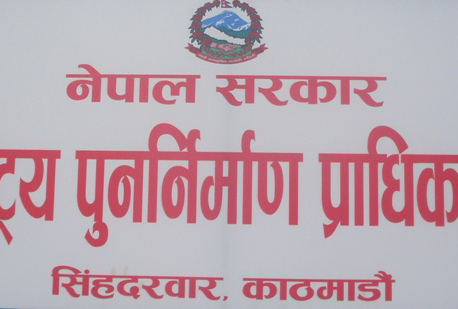
NRA deputing engineering technicians again to quake-affected districts
KATHMANDU, July 18: The National Reconstruction Authority (NRA), the governmental body formed to deal with the post-earthquake reconstruction works, has... Read More...

NRA hires 985 engineering student volunteers
KATHMANDU, March 4: The National Reconstruction Authority (NRA) on Friday appointed 985 final year engineering students for deploying them to five... Read More...


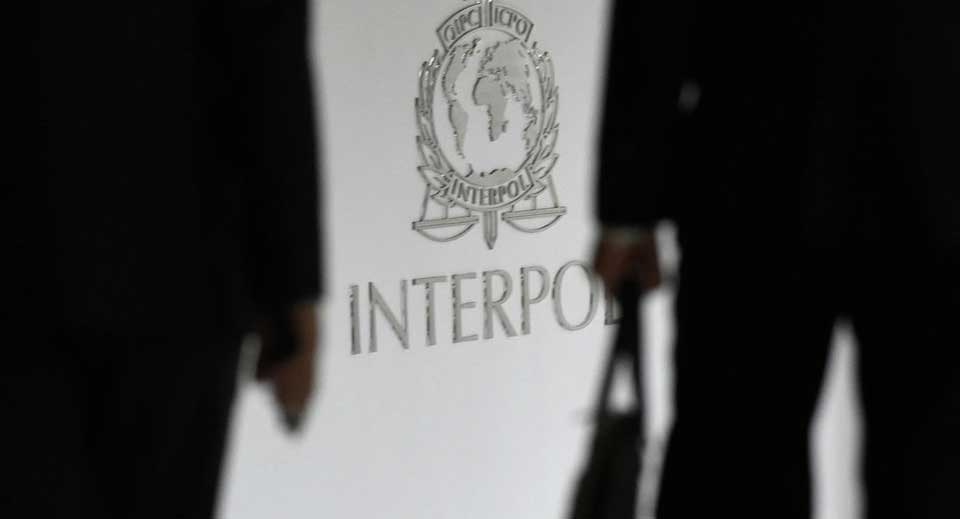
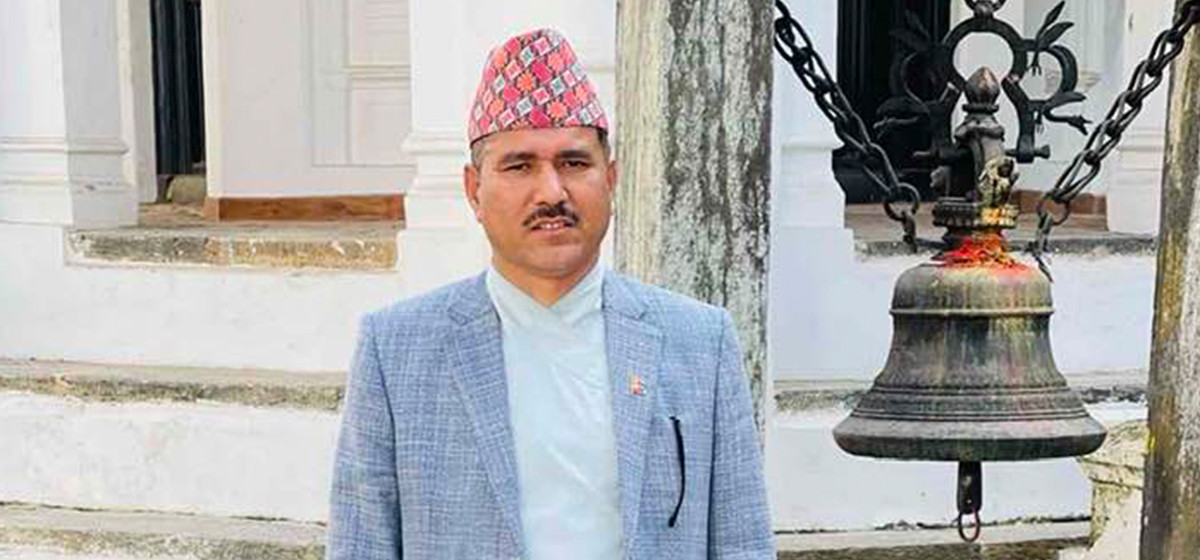


Just In
- 16 hydroelectric projects being developed in Tamor River
- Cosmic Electrical completes 220 kV transmission line project
- Morang DAO imposes ban on rallies, gatherings and demonstrations
- Gold smuggling case: INTERPOL issues diffusion notice against accused fugitive Jiban Chalaune
- Raya appointed as Auditor General
- 9 are facing charges in what police in Canada say is the biggest gold theft in the country’s history
- Gold price falls by Rs 600 per tola
- Dr Anjan Shakya nominated as National Assembly member



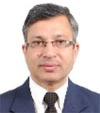










Leave A Comment